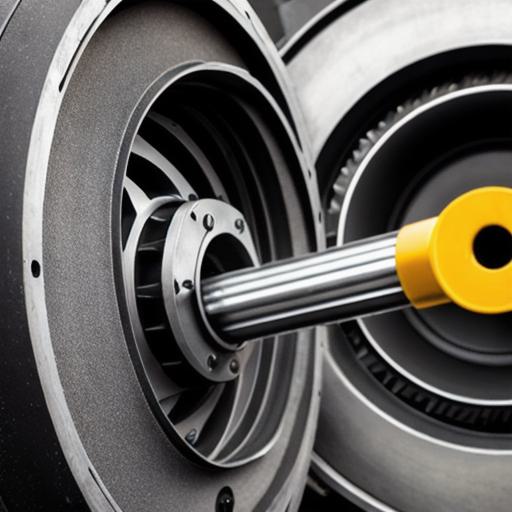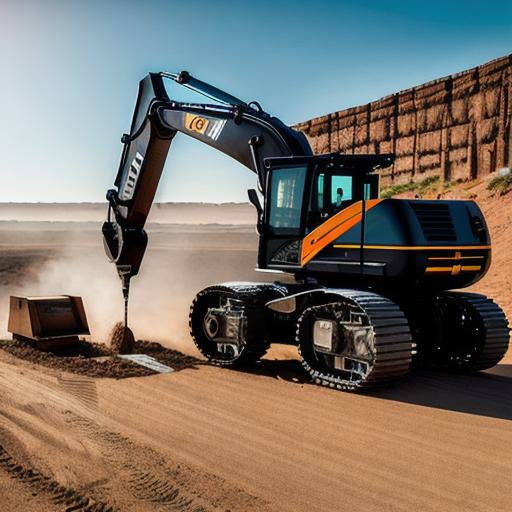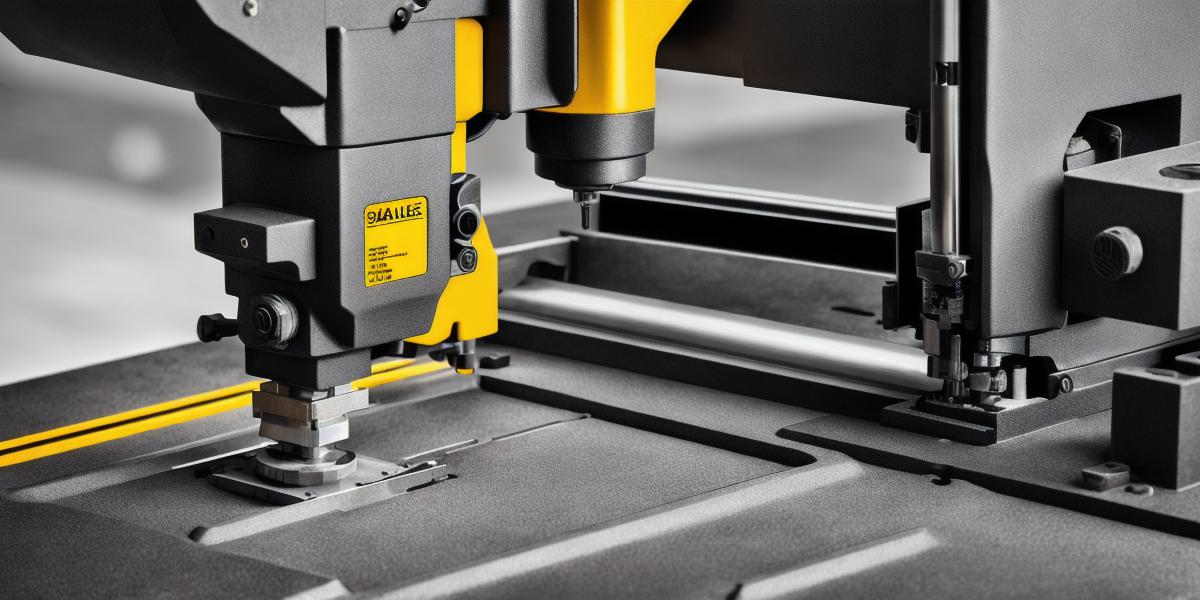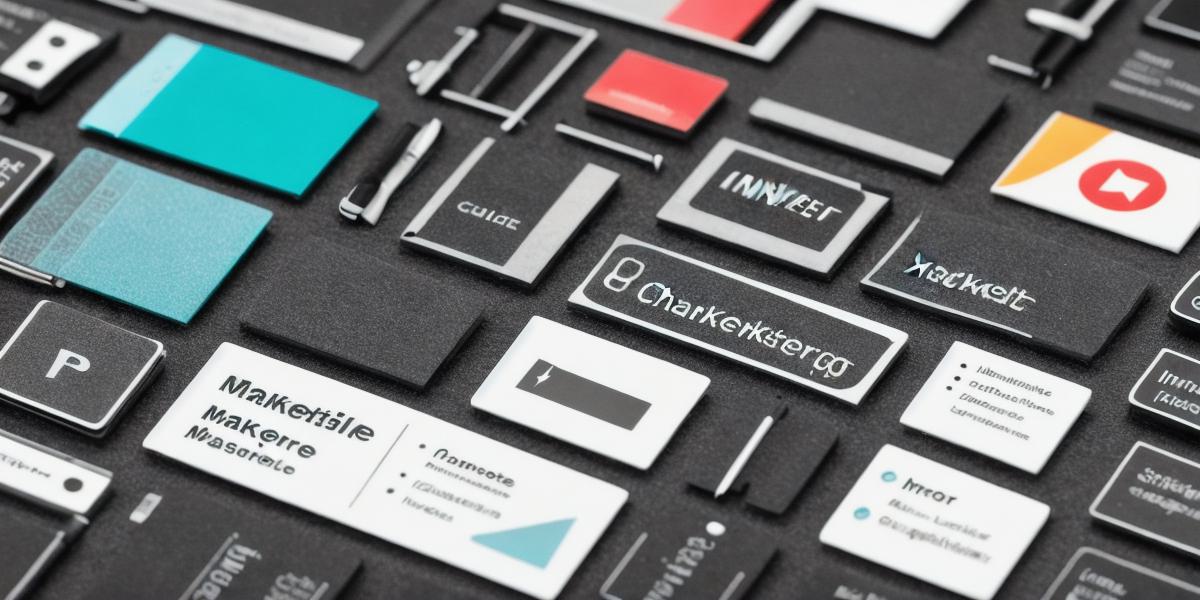In today’s rapidly evolving business landscape, machinery tools have become an essential part of modern industries. These sophisticated machines are designed to enhance productivity, efficiency, and profitability by automating various tasks, reducing human error, and improving overall quality control. As technology continues to advance, new trends are emerging in the world of machinery tools that are reshaping the way businesses operate and market their products. In this comprehensive analysis, we will explore the latest trends in machinery tools and marketing strategies, examining how these developments are impacting the industry and what opportunities they present for businesses looking to stay ahead of the curve.
Introduction: The Evolution of Machinery Tools and Marketing Strategies
Machinery tools have come a long way since their humble beginnings in the early 19th century. From simple hand tools used by skilled artisans to sophisticated CNC machines capable of producing high-precision parts at breakneck speeds, machinery tools have undergone significant transformations over the years. These advancements have not only revolutionized the manufacturing process but have also changed the way businesses market their products. As we delve into the latest trends in machinery tools and marketing strategies, it’s essential to understand how these developments are interconnected and how they are shaping the future of the industry.
Latest Trends in Machinery Tools: An In-Depth Look
1. Artificial Intelligence (AI) and Machine Learning (ML)

One of the most significant trends in machinery tools is the increasing use of artificial intelligence (AI) and machine learning (ML) technologies. These advanced algorithms allow machines to learn from past experiences, adapt to new data, and make informed decisions based on real-time information. In the world of machinery tools, this translates into more precise, efficient, and customizable production processes.
For example, AI-powered CNC machines can analyze large amounts of data to optimize cutting speeds, reduce waste, and minimize errors. These machines can also be programmed to adapt to changes in material properties or production requirements on the fly, ensuring that businesses stay competitive in an ever-changing market. Moreover, AI-driven predictive maintenance systems can help prolong the life of machinery tools by identifying potential issues before they become major problems, reducing downtime and maintenance costs.
2. Robotics and Automation
Robotics and automation are another key trend shaping the future of machinery tools. These technologies enable businesses to automate various tasks, such as assembly, packaging, and material handling, freeing up human workers for more high-value activities. This not only improves efficiency and productivity but also enhances worker safety by reducing the risk of accidents and injuries in hazardous environments.
There are several types of robots used in manufacturing, including industrial robots, collaborative robots (cobots), and mobile robots. Industrial robots are typically large, heavy machines designed for heavy-duty applications, while cobots are smaller, more flexible systems that can work alongside human workers. Mobile robots, on the other hand, are capable of navigating complex environments and performing tasks without human intervention.
3. Additive Manufacturing (AM)
Additive manufacturing (AM), also known as 3D printing, is another revolutionary technology that is changing the face of machinery tools. This process involves creating objects by depositing material layer-by-layer based on a digital design. In the context of machinery tools, AM enables businesses to produce customized components and parts quickly and cost-effectively, without the need for expensive tooling or molds.
AM technology has numerous applications in various industries, from aerospace and automotive to medical devices and consumer products. By leveraging AM, businesses can reduce lead times, improve quality control, and innovate by creating complex geometries and structures that would be difficult or impossible to achieve through traditional manufacturing methods.
4. Sustainability and Eco-Friendliness

Sustainability and eco-friendliness are becoming increasingly important considerations in the world of machinery tools. As environmental regulations tighten, businesses must find ways to reduce their carbon footprint and minimize waste. To address these challenges, manufacturers are developing more efficient machines that consume less energy and produce fewer emissions.
Some examples of sustainable machinery tools include electric-powered saws, drills, and sanders, as well as hydrogen fuel cell-driven excavators and cranes. These innovative machines not only help businesses reduce their environmental impact but also offer cost savings through lower operating expenses and reduced maintenance requirements.
Marketing Strategies for Machinery Tools: A Comprehensive Guide
Now that we’ve examined the latest trends in machinery tools let’s explore how businesses can effectively market their products to stay ahead of the competition.
1. Content Marketing
Content marketing is an essential strategy for promoting machinery tools, as it enables businesses to educate potential customers about the features and benefits of their products. By creating engaging and informative content, such as blog posts, case studies, whitepapers, and videos, businesses can establish themselves as experts in their field and build trust with their target audience.
For example, a company specializing in AI-powered CNC machines might create a series of blog posts that showcase the benefits of using these machines in various industries. They could also produce case studies highlighting real-world examples of how their technology has improved production processes for other businesses. This type of content not only helps potential customers understand the value proposition of the machinery tool but also positions the company as a thought leader in the field.
2. Social Media Marketing
Social media platforms are powerful tools for reaching and engaging with potential customers. By creating a strong presence on popular channels like LinkedIn, Twitter, Facebook, and Instagram, businesses can showcase their products, share industry news and insights, and connect with their target audience on a more personal level.
To maximize the impact of social media marketing efforts, businesses should focus on creating visually appealing content that highlights the unique features and benefits of their machinery tools. They should also use relevant hashtags, participate in industry discussions, and respond promptly to comments and questions from potential customers.
3. Influencer Marketing
Influencer marketing is a highly effective way to reach new audiences and build credibility for your brand. By partnering with influential individuals or organizations within your industry, businesses can gain access to a larger pool of potential customers and leverage the influencer’s reputation and expertise to promote their products.
For example, a company specializing in robotics might collaborate with a well-respected robotics expert to create educational content and webinars that showcase the latest advancements in robotics technology. This partnership not only exposes the company to the expert’s vast network of followers but also lends credibility to their products, as the influencer is perceived as an authority in the field.
4. Email Marketing
Email marketing remains one of the most effective channels for reaching and engaging with potential customers. By building a targeted email list and regularly sending out valuable content, businesses can keep their products top-of-mind and nurture leads throughout the buyer’s journey.
To maximize the effectiveness of email marketing campaigns, businesses should segment their email lists based on various factors, such as industry, job title, and past purchase history. They should also focus on creating engaging, personalized content that addresses the recipient’s specific needs and pain points. This approach not only helps businesses build stronger relationships with their customers but also increases the likelihood of conversion.
5. Paid Advertising
Paid advertising, such as Google Ads, LinkedIn Ads, and social media ads, can be an effective way to reach new audiences and generate leads for machinery tools. By targeting specific demographics, interests, and search terms, businesses can ensure that their ads are seen by the right people at the right time.
To maximize the ROI of paid advertising efforts, businesses should continuously test and optimize their campaigns, experimenting with different ad formats, targeting options, and budget allocations. They should also monitor campaign performance closely and adjust their strategies based on real-time data and insights.
Summary
The world of machinery tools is constantly evolving, as new technologies and trends emerge to reshape the industry. By staying abreast of these developments and adopting effective marketing strategies, businesses can position themselves for success and drive growth in an increasingly competitive landscape.




